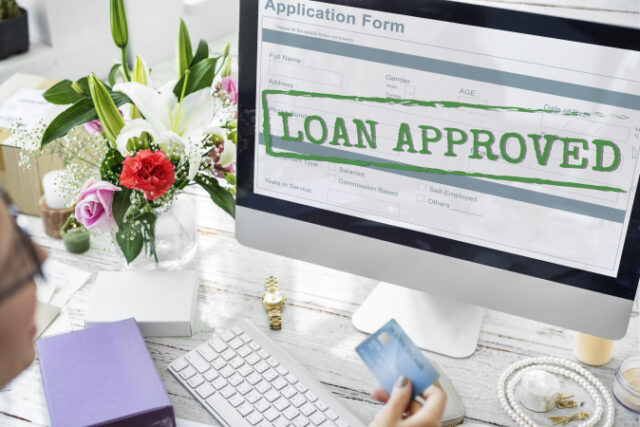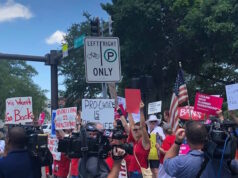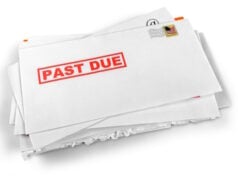
Today, the economic and political situation in the USA is far from perfect. New challenges are arising on the horizon again and again. Unemployment is one of them. By the end of 2021, almost 30 million people will be out of work.
No matter how horrible it sounds, more and more Americans are feeling cash-strapped. Despite seemingly low-interest rates, banks are limiting funding norms across the board, changing credit policies. The same goes for bad credit loans, no credit check loans guaranteed approval issued by lending companies such as Instant Сash Advance.
If you can get a bad credit loan, then their prices are going to be relatively affordable. The challenge right now is mainly associated with total access.
For example, credit card rates remain down by 16.22%. Meanwhile, financial institutions are making credit cards much harder to get in the context of the coronavirus pandemic. As the situation gets even more dramatic, bank card issuers have started blocking accounts and lowering credit limits, especially on potentially delinquent accounts.
One-quarter of bank and lender clients, namely more than 50 million people, faced the decrease in card limits. Some of them noticed that their cards were blocked without notice. How fair is it? It’s hard to say. It just demonstrates the enormity of the influence of this world boost on the economy. Banks and lending companies happen to be at the forefront of the upcoming economic crisis. It’s getting harder and harder for them to communicate with their clients who are looking for financial support.
With such a rapid decline in unemployment, bank and lender clients can go from safe borrowers to risky borrowers in a single day. Once this happens, financial institutions retreat into the shells and reduce credit to the minimum.
Mortgage rates have also been reduced. However, funding companies have limited some services altogether, such as high-value mortgages, monetary refinances, and property credit lines. Why has this become the case? The growing challenges in the market are probably some of the major reasons.
Even if you want to get a HELOC, there’s still no 100% guarantee that a financial institution won’t lower the amount of credit you are eligible for. It can also block or limit the credit line in the future. After all, financial institutions are not going to move up and down to stay in a second lien position. Renovation projects take a more profound look at despite record home equity.
Personal loans, or unsecured loans, can be issued without putting something at stake, like a house or a car. This nuance makes them particularly attractive for those without this kind of equity. Moreover, they have an average interest rate of 11.25%, which is quite reasonable. In most cases, an unbacked-up loan will be much harder to get, especially under adequate conditions. This is especially the case if your credit rating is below 680.
Many consumer banks and lending companies are offering temporary difficulty support and allowing customers to overcome certificates of deposit. In addition, some credit unions provide low- or zero-interest rates. For example, ORNL Federal Credit Union provides everyone suffering from Covid-19 with an opportunity to claim an unsecured loan at 0% interest for the first half of the year and 3% fixed interest for the rest of the term.
U.S.’s bad credit loan lending intentions have fallen down. According to the Federal Reserve’s research and analysis, a cash-rich banking system keeps its cautious approach to fast funding. The same trend can be observed among lending companies such as Instantcashtime.com.
Generally, total loans dropped to 63% of bank deposits in 2020. The same-day loans online trend is about to go through the year 2021 as well. Lending companies use deposits to approve new credits for private and corporate clients. Total assets at U.S. banks are now going up from 0.7% to $21 trillion. Here are some additional highlights about economic updates in the U.S. market:
- Virtually risk-free investments such as Treasuries and securities went up from 35.5 to 35.6%.
- Bad credit loans went down to 49.7%, which is the lowest result within the last 50 years.
- Home loans went down to the level of an all-time low.
- The assets of 25 major financial facilities in the U.S. went up by 0.8%, reaching $12.17 trillion.
As you can see, the economic situation in the country is quite fragile. This makes it more complicated for riskier borrowers to obtain approval for lending services.
After all, not every funding company goes for adjustments at the same rate or to the same extent. While the market offer remains immense, there is a chance to find a more or less attractive service with adequate terms and conditions.












